What is boutique coffee? An article tells you the criteria for judging fine coffee.
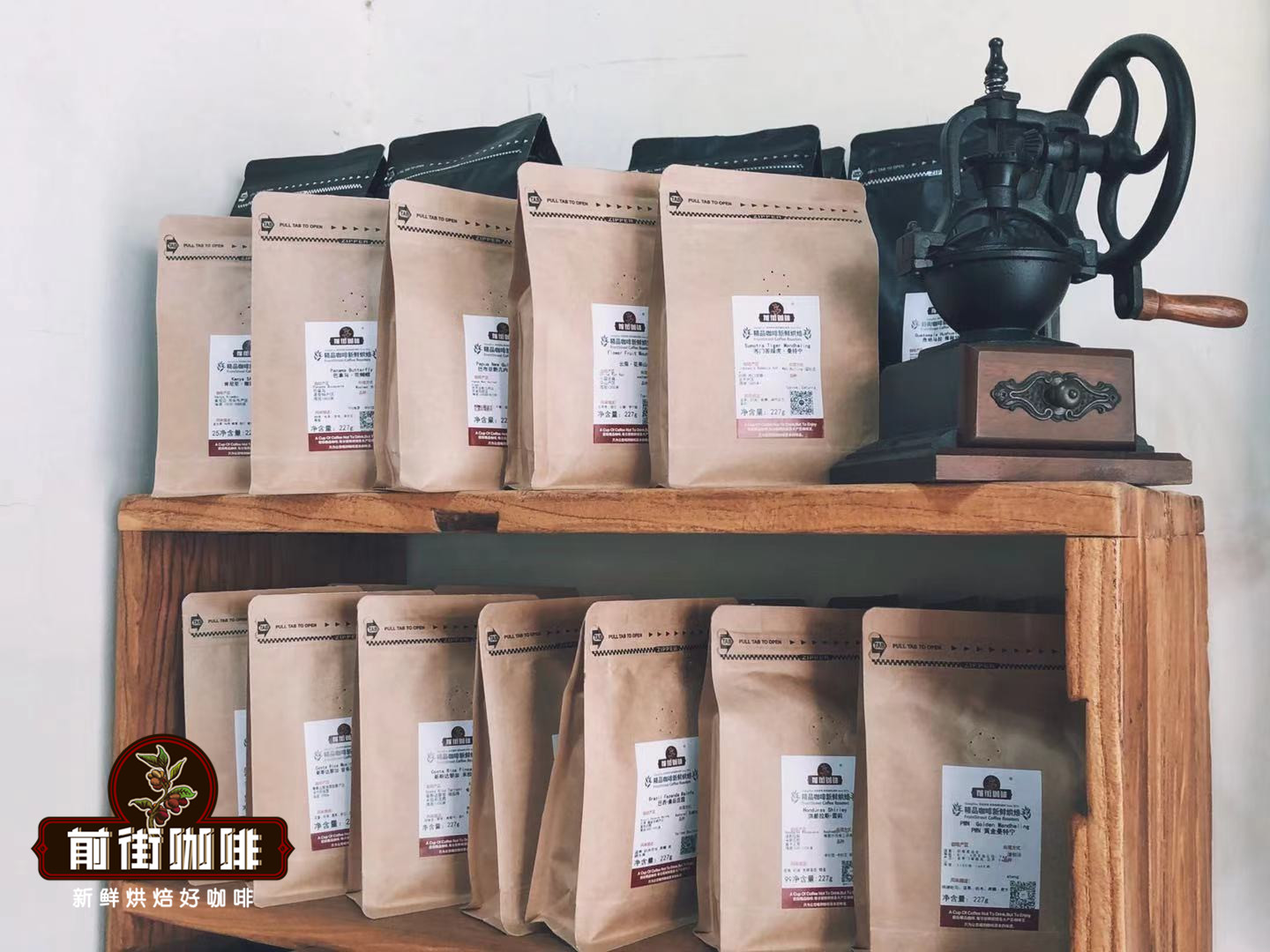
Professional coffee knowledge exchange more coffee bean consultation please follow the coffee workshop (Wechat official account cafe_style)
Hundreds of years ago, coffee beans have played multiple important roles in history since they were transplanted from northeast Africa to Arabia. until today, coffee is one of the three major drinks in the world, with more than 50 producing countries. According to the estimate of the World population Foundation in Germany, nearly 1 ∕ 3 of the world's population drinks coffee every day, and hundreds of billions of coffee fans drink at least 500 billion cups a year. Such a huge market scale, a wide variety of coffee types, drinking methods, and so on, are dazzling in the market, so the term "boutique coffee" appeared in the third wave of the coffee revolution. today, let's take you to understand what the definition of "boutique coffee" is.
The definition of boutique coffee
What is boutique coffee? In fact, there is no very exact definition, but it is generally accepted that the origin is the American Knutsen Coffee Ltd in 1978. Ms. Erna Knutsen Knudsen, proposed by the International Coffee Conference held in France. Her definition of "boutique coffee" (Specialty Coffee) is very simple and clear. "Special geographic microclimates produce beans with unique flavor profiles"-coffee beans with unique flavor are cultivated under special climatic and geographical conditions. Then, according to the definition of "boutique coffee" on the website of the Fine Coffee Association (SCA), the author thinks that a cup of boutique coffee does not only refer to the cup of coffee that has been brewed and sent to the mouth of consumers, but emphasizes the whole process of producing the cup of coffee, from the planting of farmers, the strict selection of beans by raw bean merchants, the roasters of roasting raw beans, the baristas of brewing coffee to the consumers who finally taste the flavor. They all play an important role in making a cup of fine coffee.
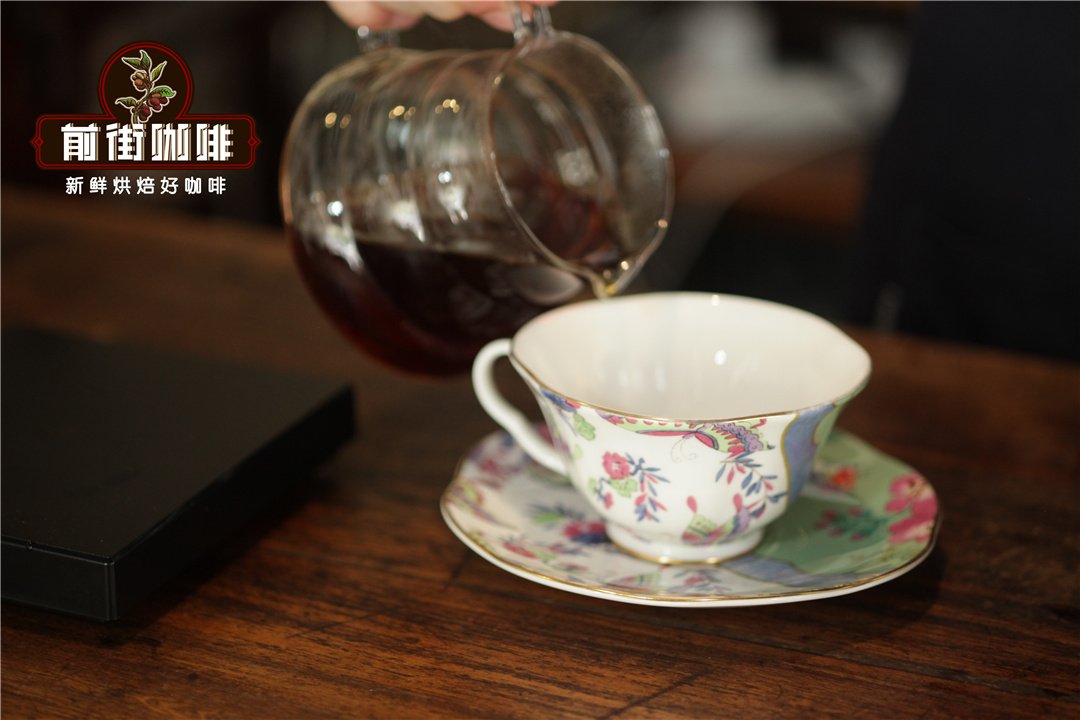
In the past, for tasting coffee, some people focused on extraction methods and extraction tools, while others focused on roasting types, and so on. Now SCAA wants to tell consumers that a high-quality coffee can be regarded as "fine coffee" only if there is a quality requirement in every step such as planting, picking, handling, baking, extraction, and so on. Therefore, a cup of coffee can be called boutique coffee if it can trace the production history of its coffee beans, consumers feel good and meet the C / P value expected in their hearts. Here we come to understand the various links in the "boutique coffee" industry chain.
Coffee farmer's name
The origin of coffee-coffee farmers, among coffee growers, high-quality coffee comes from generations' time to improve planting methods and techniques to grow the highest quality coffee. For farmers, growing high-quality coffee, focusing on quality rather than weight, and trading with quality-conscious buyers can ensure higher profits and sustainable production.
Raw bean buyer
Coffee buyers can systematically taste and identify the quality of coffee through cup testing with the assistance of credibility certified raw bean quality appraisers (Q-grader, or cup testers) around the world. They are all trained with a unified standard and have professional coffee evaluation ability, just like sommeliers. Through the cup test, the raw bean quality appraiser can evaluate the coffee score and determine whether it is high-quality coffee or not can also provide a description of the coffee flavor according to the cup test results, and the raw bean buyer can also inform the roaster and the coffee shop about the coffee flavor description.
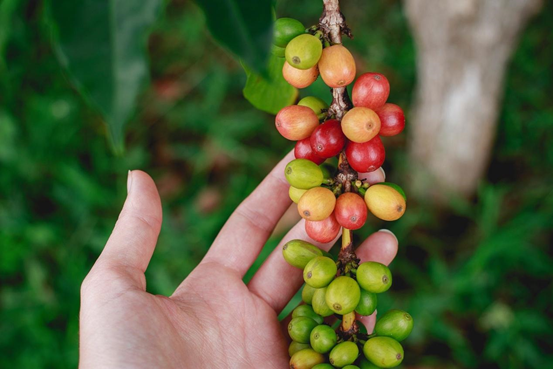
Coffee roaster
Coffee roasting is a very important link in the presentation of coffee flavor. Roasters need a high degree of knowledge and experience to develop a professional baking level, and monitor and record the roasting process to a certain extent, to ensure that the final results can meet the expected quality and flavor standards, and can also be moderately repeated in subsequent roasting.
Barista
Professional baristas not only have professional skills in coffee extraction techniques and operations, but they usually have an in-depth understanding of the origin of coffee beans and how to show their flavor during the extraction process. If the boutique coffee beans are not extracted correctly, they may lose their proper flavor; baristas can ensure that each coffee bean achieves its best flavor.
Consumer
Consumers are also the final link in the boutique coffee supply chain. It is precisely because consumers are actively looking for high-quality boutique coffee that they can produce more high-quality boutique coffee. When you spend time looking for high-quality boutique coffee shops or bakeries, you can also spend some time with baristas to discuss with baristas and learn how they create the best flavor coffee with both hands, and thus learn to taste coffee. This is also the ultimate value and significance of the promotion of boutique coffee.
Discrimination of boutique coffee
Although there is no very clear certification or definition of fine coffee, countries still have a consensus that according to the more common boutique coffee on the market, the relatively simple and most important are divided into the following identification methods:
Clear traceability
Clear traceability (Traceability), that is, the production resume must be clear, can trace the coffee beans from which country, which region which coffee farm is produced, and ideally be able to find the name of the company, washing plant, large estate, farm owner or manager. The clearer the production resume of coffee, the more guaranteed the quality, the more reasonable the price, and the more transparent and complete the process from the producer to the retailer.
Cup test
Similar to wine and tea tasting, the coffee industry uses cup tests to measure and control the quality of coffee beans, and cup test results are usually expressed in terms of scores. From exporters to importers, bakers to conditioners, the whole industry is carrying out cup testing. Professional cup testers with licenses can use the same evaluation criteria to find, taste and select high-quality coffee beans in the world, and even have raw bean quality competitions in producing countries. it can be used by cup testing and evaluation committee with many years of experience from countries around the world to further evaluate the quality of coffee at the national or international level. And more and more front-line coffee farmers and people in charge of the processing plant have joined the ranks of cup testers in pursuit of consistent quality.
The packing is clearly marked.
When ordinary consumers buy, if they do not have much experience in buying boutique coffee, they can be judged by the packaging label at the beginning. Many coffees are beautifully packaged at the time of sale, but provide pitifully little product information. The more information you can find on the product packaging, the more likely you are to buy high-quality coffee, for example: marking the date of baking and packaging, coffee variety and origin, treatment, comprehensive or individual products, roasting degree or flavor characteristics, coffee taste, production resume, etc. Of course, in addition to satisfying the right to know, consumers can also use these clues to determine the flavor and quality of their coffee.
Although there is no very strict definition standard of fine coffee, in terms of the above indicators, like tasting a good wine, whether it is a vineyard or coffee garden, the climate in a limited range will affect the growth and cultivate a small gap in the finished product. Such as latitude, whether offshore, near lakes or rivers, the direction or slope of the garden, whether it is located on the path blown by the monsoon, the temperature difference between day and night, rainfall and sunshine, such as this subtle difference in the natural environment, will affect the unique flavor given by the land. According to Erna Knudsen's observation, not all coffee has the same flavor, and the coffee that is different and has a good flavor is fine coffee. I hope all coffee lovers can choose their own boutique coffee.
For more boutique coffee beans, please add private Qianjie coffee on Wechat. WeChat account: kaixinguoguo0925
Important Notice :
前街咖啡 FrontStreet Coffee has moved to new addredd:
FrontStreet Coffee Address: 315,Donghua East Road,GuangZhou
Tel:020 38364473
- Prev
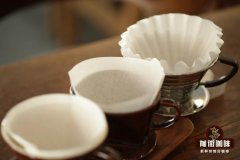
Does wetting and non-wetting coffee filter paper affect the extraction? Log filter paper is better than bleached filter paper.
Professional coffee knowledge exchange more coffee bean information Please follow the coffee workshop (Wechat official account cafe_style) with the continuous development of boutique coffee, in addition to coffee filter cups are strange, filter paper is also constantly reforming. From the size of the filter paper
- Next
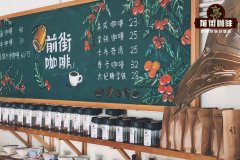
Can coffee trees be planted in the coffee tree planting room? Growth conditions of Coffee trees
Professional coffee knowledge exchange more coffee bean consultation Please follow the coffee workshop (Wechat official account cafe_style) Coffee trees are difficult to grow outside tropical and subtropical climates, but if you have enough indoor and outdoor space or outdoor space as well as a suitable climate, you can plant several coffee trees at home and produce a small number of coffee beans yourself. A coffee tree takes three to five years.
Related
- Beginners will see the "Coffee pull flower" guide!
- What is the difference between ice blog purified milk and ordinary milk coffee?
- Why is the Philippines the largest producer of crops in Liberia?
- For coffee extraction, should the fine powder be retained?
- How does extracted espresso fill pressed powder? How much strength does it take to press the powder?
- How to make jasmine cold extract coffee? Is the jasmine + latte good?
- Will this little toy really make the coffee taste better? How does Lily Drip affect coffee extraction?
- Will the action of slapping the filter cup also affect coffee extraction?
- What's the difference between powder-to-water ratio and powder-to-liquid ratio?
- What is the Ethiopian local species? What does it have to do with Heirloom native species?

